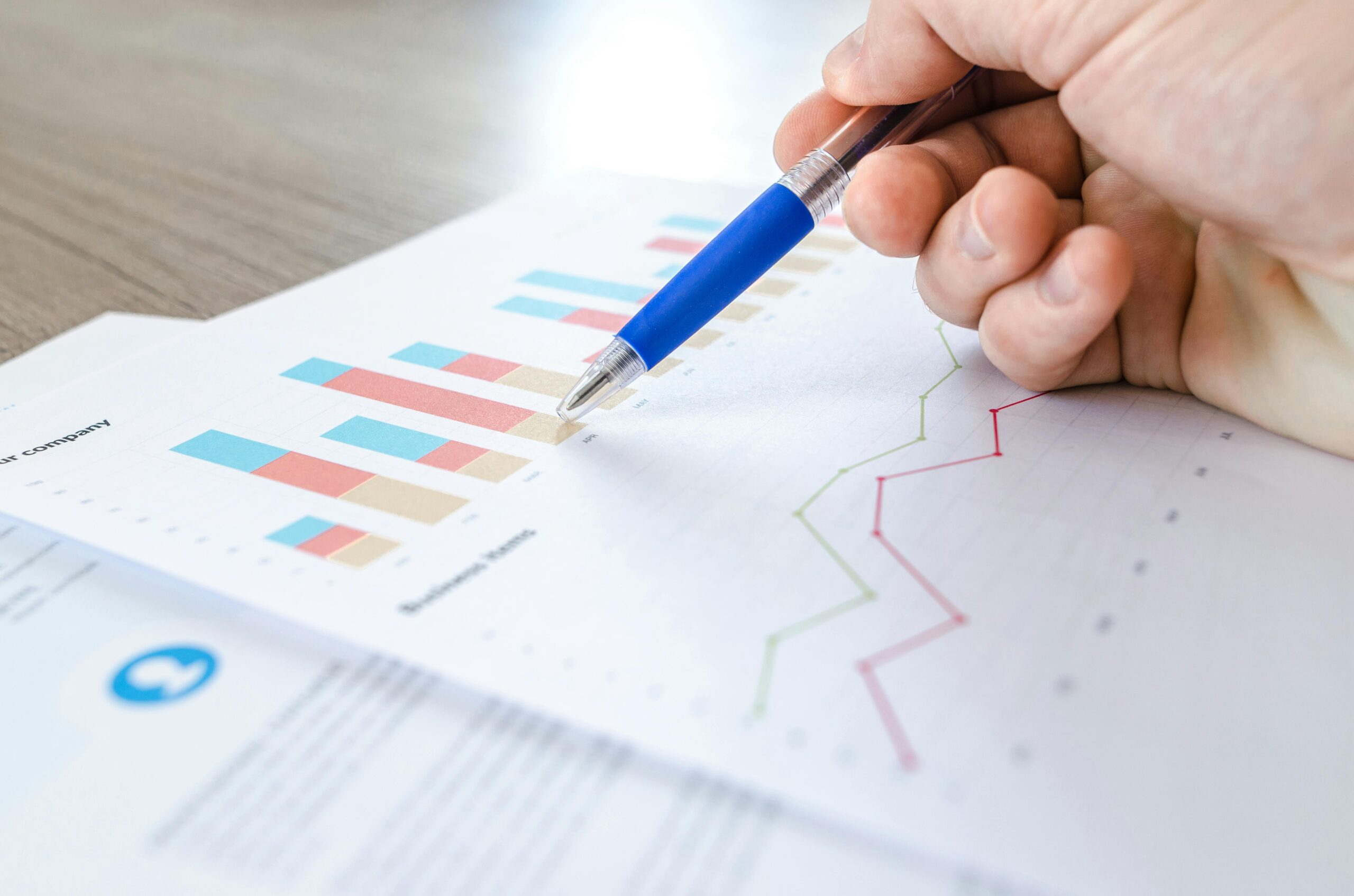Harnessing the Power of Secondary Data
In today’s digital age where information is abundant, secondary data plays a pivotal role in shaping strategic initiatives and driving organisational growth. Secondary data refers to information that has been previously collected, processed, and published for purposes other than the one at hand. It encompasses a vast array of sources, comprising both external sources such as government publications and internal sources such as sales records. Unlike primary data, which is gathered directly from original sources through surveys, interviews, or experiments, secondary data offers a wealth of pre-existing knowledge waiting to be explored.
The Process of Collecting Secondary Data
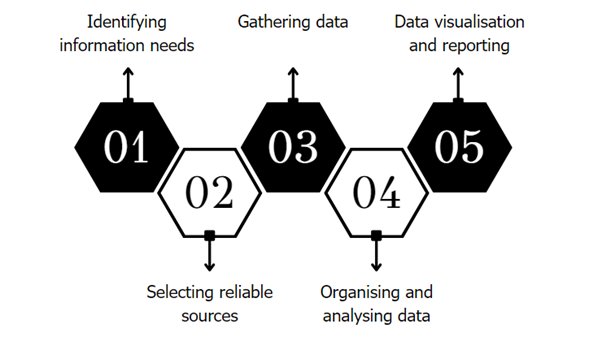
1. Identifying Information Needs
The first step in leveraging secondary data involves defining the specific information requirements relevant to the business decision at hand. Whether it is market trends, consumer behaviour, competitor analysis, or industry benchmarks, clarity on the information sought is the most important.
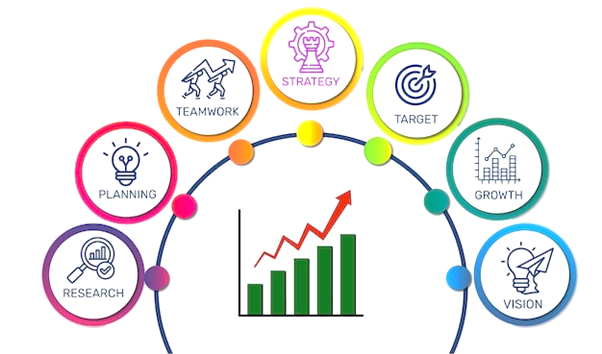
2. Selecting Reliable Sources
Once the information needs are described, the next step is to identify credible sources from which to procure secondary data. Reputable external sources include government agencies, industry associations, market research firms, academic institutions, online databases, and internal sources including sales reports, inventory records, HR data, emails, etc.
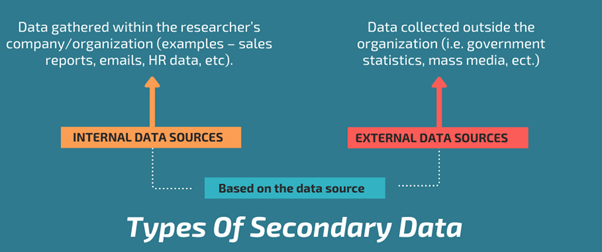
3. Gathering Data
With the sources identified, the data gathering process commences. This may involve scouring online repositories, accessing proprietary databases, procuring reports from specialised vendors, or gathering internal reports. Care must be taken to ensure the data’s relevance, accuracy, and currency, in order to uphold its integrity and reliability.
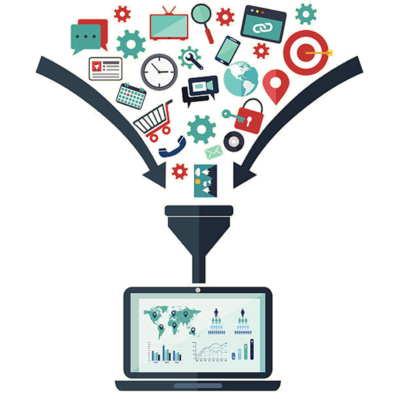
4. Organising and Analysing Data
Upon collection, the amassed data must be organised systematically for meaningful analysis. This entails categorising, cleaning, and structuring the data to facilitate the process of interpretation. Advanced analytical techniques such as statistical analysis, data visualisation, and predictive modelling can then be employed to extract actionable insights.
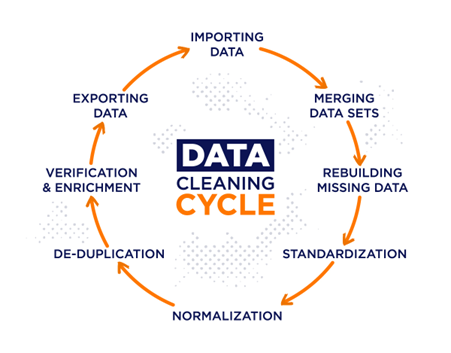
5. Data Visualisation and Reporting
As a final step, the insights obtained from data analysis are distilled into visually compelling representations for easy comprehension. From simple Excel charts and graphs to interactive dashboards on advanced data visualisation platforms such as Display R, Power BI, Tableau, and many other tools can be utilised to convey complex information in an intuitive manner. Additionally, comprehensive reports summarising key findings, trends, and recommendations are prepared to aid decision-makers in understanding the implications and devising appropriate strategies.
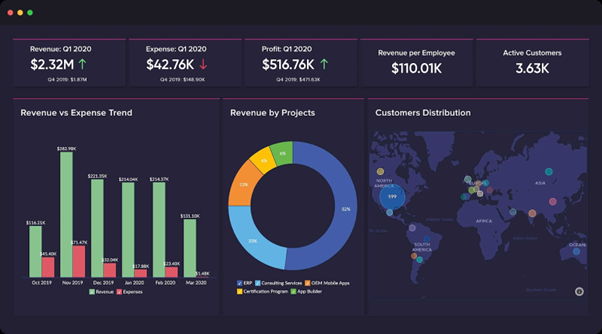
With a robust framework for data collection, analysis, visualisation, and reporting in place, businesses can leverage the power of secondary data to stay ahead of the curve, adapt to changing market dynamics, and capitalise on emerging opportunities in today’s dynamic business landscape.
Square Holes offer expertise in transforming raw data into actionable insights, enabling decision-makers to gain clarity and make informed choices that drive organisational success by building dashboards and insightful reports based on both primary and secondary data.
